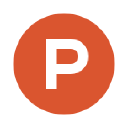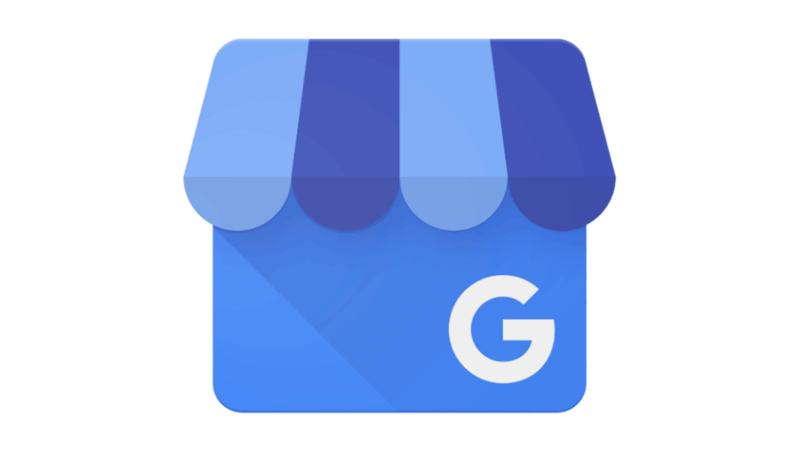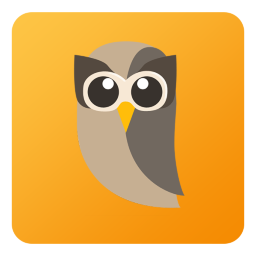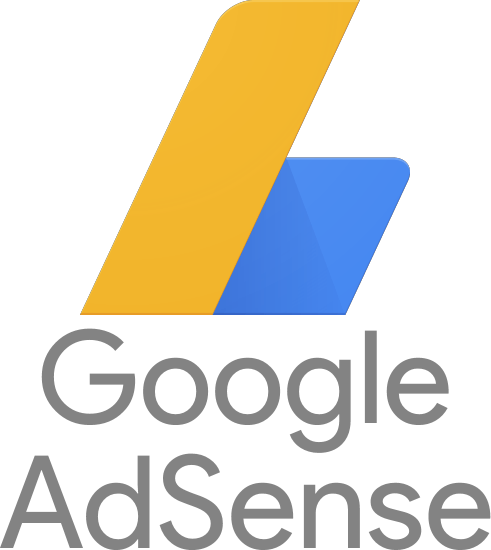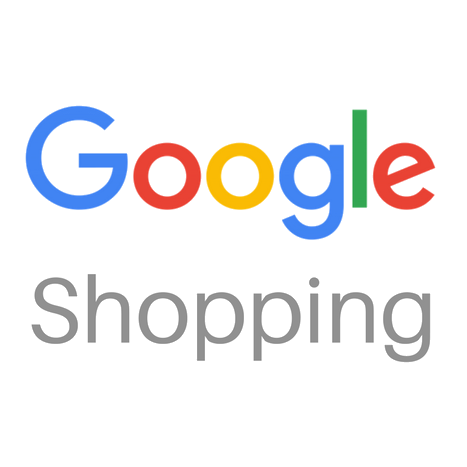I Learned To Code And Launched A Social Media Scheduling Platform [$2K/Month]
Hello! Who are you and what business did you start?
Hey everyone! My name is Tim Bennetto and I’m the founder of Pallyy, a social media scheduling platform built for social media agencies and managers.
Pallyy is in an extremely crowded space but has managed to carve out a subset of users in the social media scheduling space with our intuitive and affordable platform.
Only in the recent months did Pallyy start to gain some traction, with almost 100% growth happening in just the last 3 months.

What's your backstory and how did you come up with the idea?
A little about my programming backstory, back in 2015 I had an app built that allowed people to trim & merge videos, to post on Instagram. Instagram has recently had the feature - but removed it for some...

Download the report and join our email newsletter packed with business ideas and money-making opportunities, backed by real-life case studies.

Download the report and join our email newsletter packed with business ideas and money-making opportunities, backed by real-life case studies.

Download the report and join our email newsletter packed with business ideas and money-making opportunities, backed by real-life case studies.

Download the report and join our email newsletter packed with business ideas and money-making opportunities, backed by real-life case studies.

Download the report and join our email newsletter packed with business ideas and money-making opportunities, backed by real-life case studies.

Download the report and join our email newsletter packed with business ideas and money-making opportunities, backed by real-life case studies.

Download the report and join our email newsletter packed with business ideas and money-making opportunities, backed by real-life case studies.

Download the report and join our email newsletter packed with business ideas and money-making opportunities, backed by real-life case studies.



